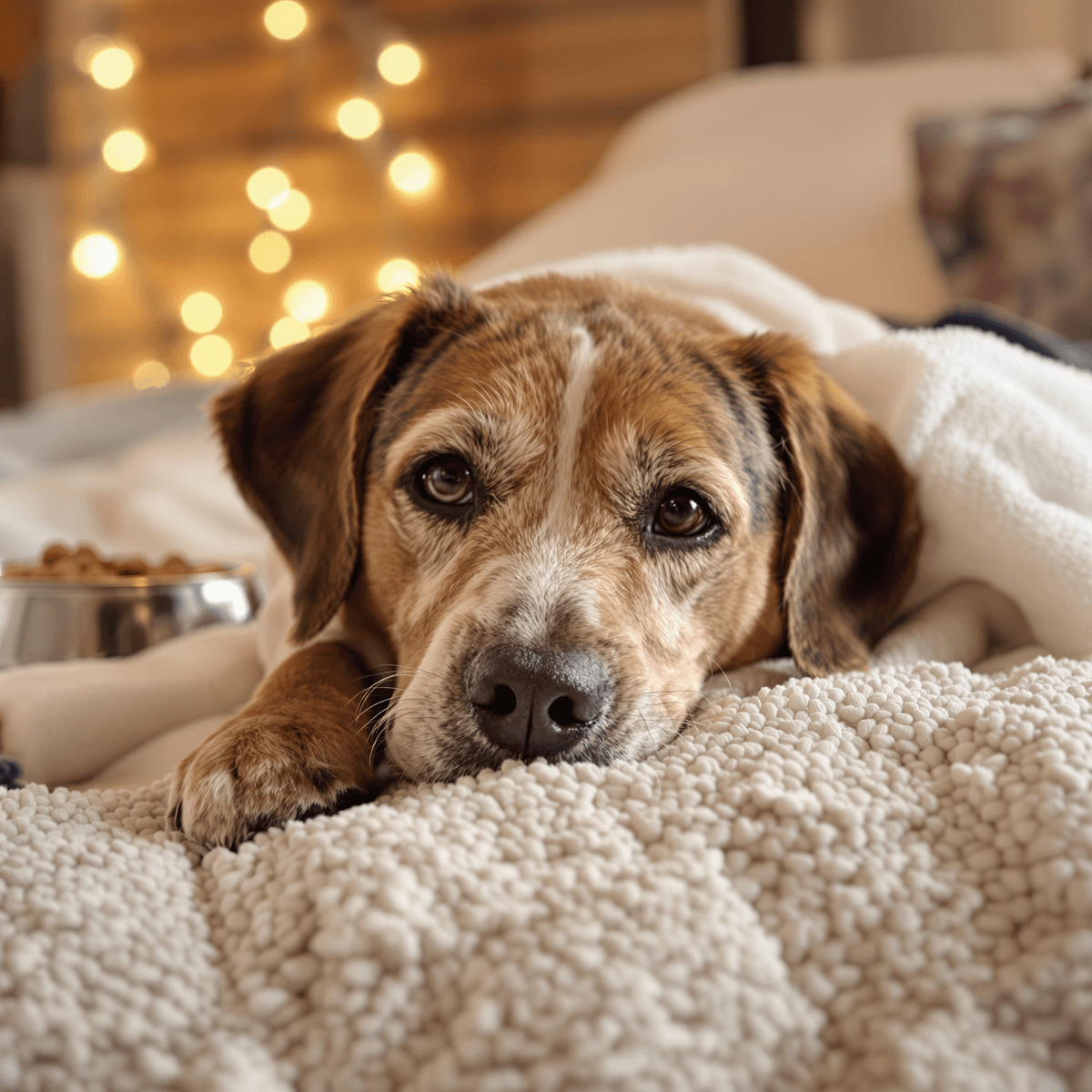- Excessive pulling on the leash
- Reactive behavior towards other dogs or people
- Zigzagging across the path
- Sudden stops to investigate interesting smells
- Limited physical exercise
- High energy levels
- Environmental distractions
- Reinforced pulling habits
- Improper leash handling techniques
Understanding Leash Training
Rewards-based training creates a positive association with walking beside you, making your dog want to stay close. When you reward your dog with treats, praise, or play for walking calmly, you reinforce this desired behavior. This method builds trust and strengthens your bond while teaching leash manners.Reasons Why Dogs Pull on Leashes
Dogs pull on leashes for several reasons:- Excitement: The outdoor environment offers enticing smells, sights, and sounds
- Natural walking speed: Dogs naturally walk faster than humans
- Learned behavior: Previous successful pulling experiences encourage repeat attempts
- Social interaction: Pulling to reach other dogs or people. (The Humane Society has a helpful article on introducing dogs here.)
- Prey drive: Chasing instincts triggered by small animals or moving objects
The Impact of Exercise on Leash Behavior
A lack of exercise significantly impacts leash behavior. Dogs with pent-up energy often:- Pull more intensely on walks
- Show decreased focus and responsiveness
- Display heightened reactivity to stimuli
- Struggle to maintain calm walking positions
Key Tips for Successful Leash Training
Start your walks with engaging recall games to burn excess energy and establish a positive connection. A simple game of “come when called” with treats rewards your dog for checking in with you, setting the tone for a focused walk.Essential Recall Games:
- Hide and seek between trees or posts
- Random direction changes with treats
- Stop-and-go exercises with rewards
Strategic Treat Placement:
- Hold treats at your hip level to encourage proper positioning
- Drop treats slightly behind you to slow your dog’s pace
- Reward randomly to maintain engagement
Treat Positioning Guide:
- By your side = reward for proper walking position
- Behind you = encourages your dog to slow down
- In front = guides direction changes
Building Foundation Skills for Loose Leash Walking
Setting your dog up for success starts with mastering essential pre-training skills in a controlled environment. Your backyard or a quiet room serves as the perfect training ground – free from the distractions of other dogs, people, or exciting smells.Essential Pre-Training Skills:
- Sit Command: Train your dog to sit automatically when you stop walking
- Focus Command: Teach your dog to make eye contact on cue
- Name Recognition: Your dog should respond to their name consistently
- Stay Command: Practice short stays before movement
Progress Markers:
- Your dog can hold a sit for 30 seconds
- Consistent eye contact when called
- Reliable response to their name
- Ability to stay in position while you take 2-3 steps
Progressing to Loose Leash Walking
Heeling serves as your stepping stone to successful loose leash walking. This controlled walking position teaches your dog to maintain a specific spot beside you, creating a strong foundation for future walking freedom.Teaching the Perfect Heel:
- Start with your dog in a sitting position on your left side
- Hold a treat at your hip level
- Take 2-3 steps forward while keeping the treat visible
- Reward your dog when they stay in position
- Gradually increase the number of steps between rewards
Positive Reinforcement Techniques:
- Mark and reward your dog every time they choose to walk near you
- Use high-value treats during the initial training phase
- Reward random check-ins from your dog during walks
- Practice “stop and go” exercises – reward your dog for stopping when you stop
- Praise gentle leash pressure rather than pulling
Equipment and Environment Considerations for Successful Leash Training
Selecting the right equipment plays a crucial role in your leash training success. A 6-foot leash provides the perfect balance between control and freedom, allowing your dog to explore while maintaining a safe distance. Choose a sturdy leash with a comfortable handle grip for extended walking sessions. A well-fitted harness distributes pressure evenly across your dog’s chest, preventing strain on their neck and reducing the risk of injury. Look for these key features in a harness:- Front-clip attachment point to discourage pulling
- Adjustable straps for a custom fit
- Breathable, lightweight materials
- Reflective strips for visibility
- Walking past other dogs at a distance
- Practicing near parks with moderate activity
- Training during different times of day
- Exploring new neighborhoods with varied distractions
When to Seek Professional Help From a Bowmanville, ON Veterinarian
While many dogs respond well to basic leash training techniques, some situations require professional guidance. Here are key signs indicating it’s time to seek expert help: Red Flags for Professional Intervention:- Aggressive behavior toward people or other dogs during walks
- Persistent pulling despite consistent training efforts
- Signs of anxiety or fear in outdoor environments
- Physical issues affecting walking behavior
- Resistance to wearing a leash or harness
- Check certification credentials
- Read client testimonials
- Ask about training methods
- Observe their interaction with dogs
- Inquire about continued support
- What training methods do you use?
- How many sessions might we need?
- Do you offer group or private training?
- What’s your experience with my dog’s specific issues?
- Can you provide references from past clients?
FAQs (Frequently Asked Questions)
Why is leash training important for a happier walk with my dog?
Leash training is essential for enjoyable walks as it helps prevent pulling and ensures your dog behaves appropriately. Proper training leads to a more relaxed and controlled walking experience, enhancing the bond between you and your pet.What are the benefits of using positive reinforcement in leash training?
Positive reinforcement, such as rewards-based training, encourages desirable behaviors by rewarding your dog when they walk calmly on a leash. This method effectively reduces pulling and promotes consistent good behavior during walks.How can I start building foundation skills for loose leash walking?
Begin in low-distraction environments and focus on pre-training skills like teaching your dog to sit and maintain focus. These foundational steps prepare your dog for successful loose leash walking by establishing control and attention.What equipment should I use for effective leash training?
Using appropriate equipment such as a 6-foot leash and a well-fitted harness is recommended for leash training. These tools provide better control and comfort, making it easier to teach your dog proper walking behavior.When should I seek professional help for my dog’s leash training?
If you notice persistent pulling or challenging behaviors despite consistent training, or if your dog shows signs of stress during walks, consulting with a veterinarian in Bowmanville, ON can provide specialized guidance tailored to your dog’s needs.How can recall games and treats be used strategically during leash training?
Incorporating recall games at the start of walks engages your dog’s attention, while using treats strategically reinforces incompatible behaviors that prevent pulling. This combination motivates your dog to focus on you and walk politely on the leash. We also did a prior blog on dog training tips, which you can read here.Contact Our Bowmanville, ON Pet Hospital
Are you searching for a great vet near me in the Bowmanville, ON area? You’ve come to the right place! Please feel free to reach out to us at any time. Visit our Service page here for more insight about our clinic and the animals we treat.This blog is meant to be informational only. Always consult with your veterinarian for the right medical advice, diagnosis, or treatment plan for your pet and follow their advice.



